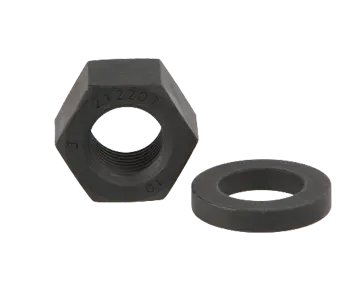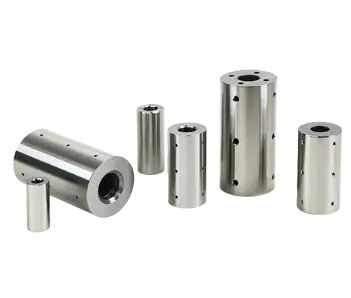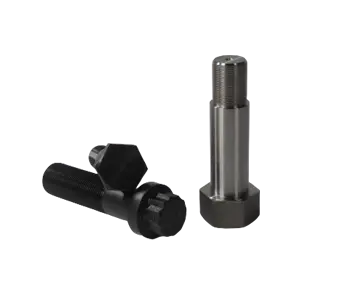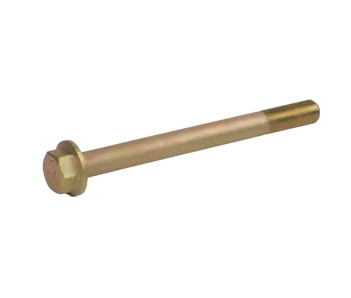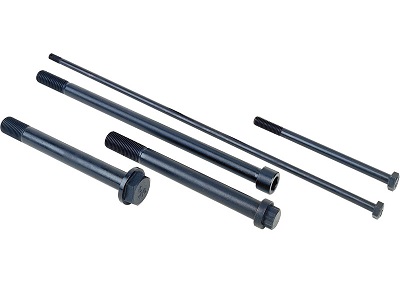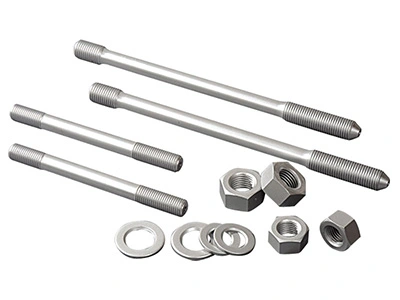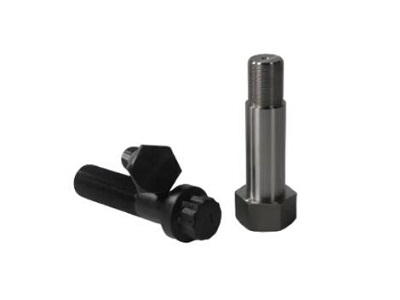
The heat treatment process of heating the metal or alloy to a suitable temperature, holding it for a certain period of time, and then slowly cooling it (generally cooling with the furnace) is called annealing.
The essence of annealing is to heat the steel to austenite and then transform it into pearlite. The structure after annealing is close to the equilibrium structure.
(1) Reduce the hardness of the steel, improve its plasticity, and facilitate machining and cold deformation;
(2) Homogenize the chemical composition and structure of the steel, refine the grain, and improve the performance of the steel or prepare the structure for quenching;
(3) Eliminate internal stress and work hardening to prevent deformation and cracking.
Complete Annealing
Process: Heating the steel to aboveAc3, holding it for a period of time, and then slowly cooling it (with the furnace) to obtain a heat treatment process with a structure close to equilibrium (complete austenitization). In actual production, in order to improve productivity, the annealing process is cooled to around500℃and air cooled.
Purpose: Refining crystal grains, homogenizing structure, eliminating internal stress, reducing hardness and improving machinability. The structure after complete annealing of hypoeutectoid steel is ferrite + pearlite.
Application: Full annealing is mainly used for hypoeutectoid steel (wc=0.3~0.6%), generally medium carbon steel and low and medium carbon alloy steel castings, forgings and hot rolled profiles, and sometimes for their welds.
Incomplete annealing
Process: The steel is heated to Ac1~Ac3(hypoeutectoid steel) or Ac1~Accm(hypereutectoid steel) after heat preservation and slow cooling to obtain a heat treatment process close to the equilibrium structure.
Application: Mainly used in hypereutectoid steel to obtain spherical pearlitic structure, to eliminate internal stress, reduce hardness, improve machinability.
Isothermal annealing
Process: The steel is heated to a temperature higher than Ac3(or Ac1), after holding the appropriate time, the faster cooling to a certain temperature in the pearlite region, and isothermal maintenance, so that the austenite into pearlite, and then air cooling to room temperature heat treatment process.
Objective: Similar to full annealing, the transformation is easier to control.
Application: Suitable for more stable steel: high carbon steel (wc> 0.6%), alloy tool steel, high alloy steel (total alloying elements > 10%). Isothermal annealing is also beneficial to obtain uniform microstructure and properties. However, it is not suitable for large cross-section steel and large quantities of charge, because isothermal annealing is not easy to achieve isothermal temperature inside the workpiece or batch workpiece.
Spheroidizing annealing
Process: A heat treatment process to spheroidize carbide in steel and obtain granular pearlite. Heating to Ac1 above 20~30 ° C temperature, holding time should not be too long, generally 2~4h is appropriate, cooling method is usually used furnace cooling, or about 20 ° C below Ar1 for a long time isothermal.
Objective: To reduce hardness, uniform structure and improve machinability for hardening.
Application: Mainly used in eutectoid steel and hypereutectoid steel, such as carbon tool steel, alloy tool steel, bearing steel and so on. Spheroidizing annealing results in spheroidizing pearlite, in which cementite is spherical fine particles dispersed on the ferritic matrix. Compared with flake pearlite, spherical pearlite is not only low hardness, easy to cut, but also during quenching heating, austenite grains are not easy to be coarse, and the deformation and cracking tendency are small during cooling.
Diffusion annealing
Process: Heat treatment process in which steel ingot, castings or forging billets are heated to a temperature slightly below the solid phase line for a long period of time and then slowly cooled to eliminate chemical composition inconsistencies.
Objective: To eliminate dendrite segregation and regional segregation in the solidification process of ingot and homogenize the composition and structure.
Application: Applied to some high quality alloy steel and alloy steel castings and ingot with severe segregation. The heating temperature of diffusion annealing is very high, usually 100~200℃ above Ac3 or Accm, the specific temperature depends on the degree of segregation and steel, and the holding time is generally 10~15 hours. After diffusion annealing, complete annealing and normalizing treatment are required to refine the structure.
Process: The steel is heated to a temperature below Ac1 (generally 500~650 ° C), kept warm, and then cooled with the furnace.
The stress relief annealing temperature is lower than A1, so the stress relief annealing does not cause tissue change.
Objective: To eliminate the residual internal stress.
Application: Mainly used to eliminate the residual stress of castings, forgings, welding parts, hot rolled parts, cold drawn parts, etc. If these stresses are not eliminated, it will cause deformation or cracks in the steel after a certain time, or in the subsequent cutting process.
Jinan Zhongchuan Equipment Co., Ltd. is a well-known manufacturer in the industrial fastener industry, committed to offering top-quality solutions for a wide range of industrial needs. Our expertise lies in the production of precision-engineered fasteners that consistently meet the most stringent performance and reliability standards. We extend an open invitation to all those interested to reach out to us for their industrial fastener needs. Don't hesitate to contact us today!
